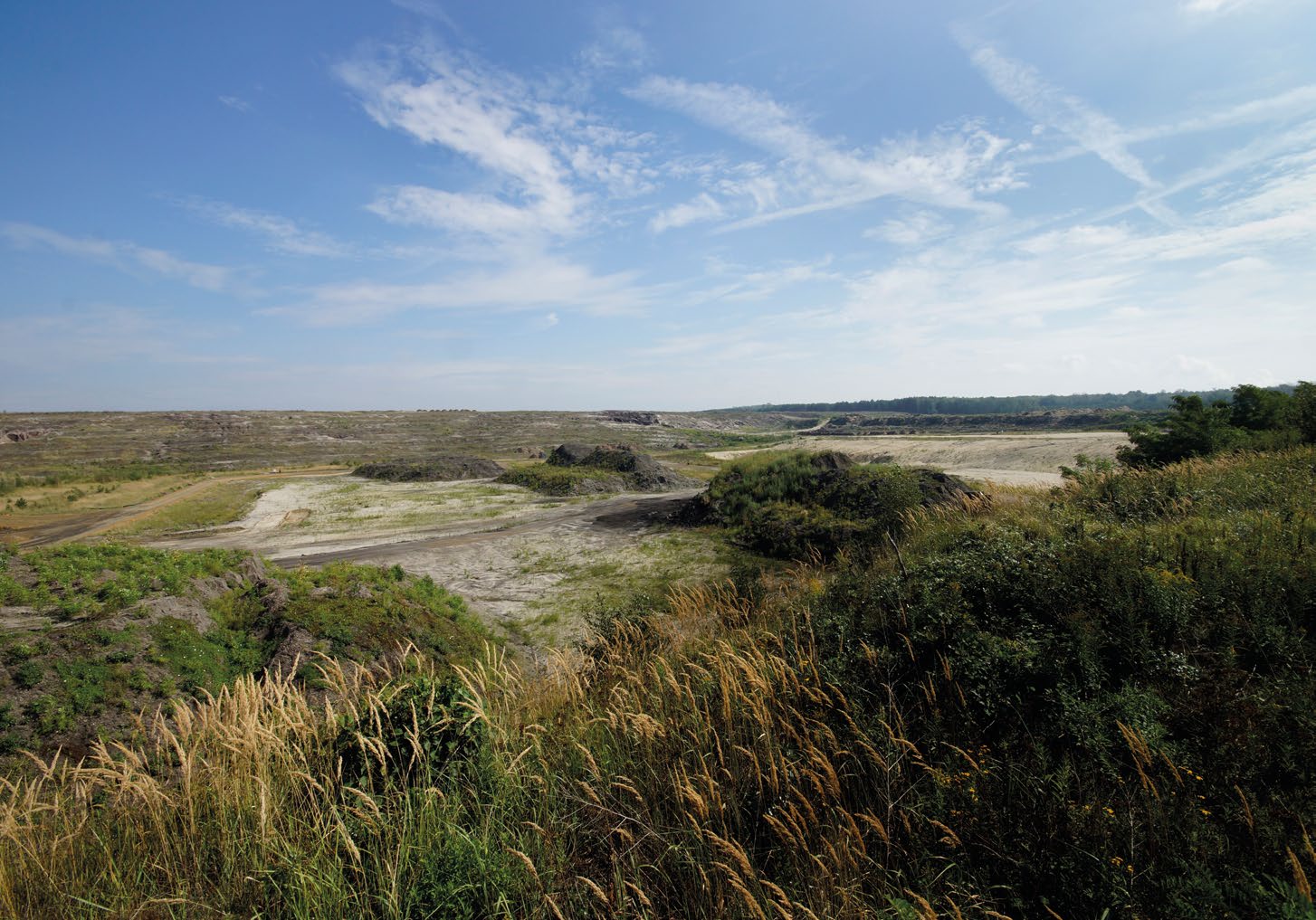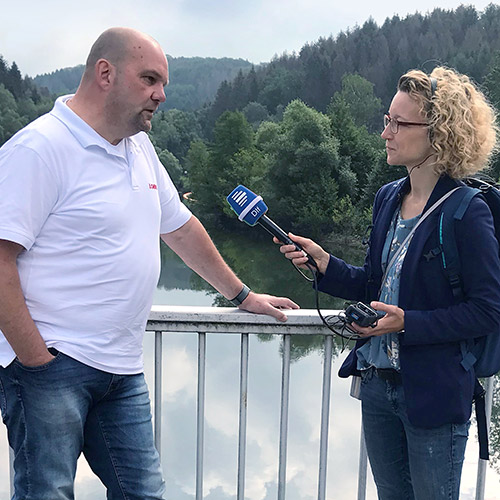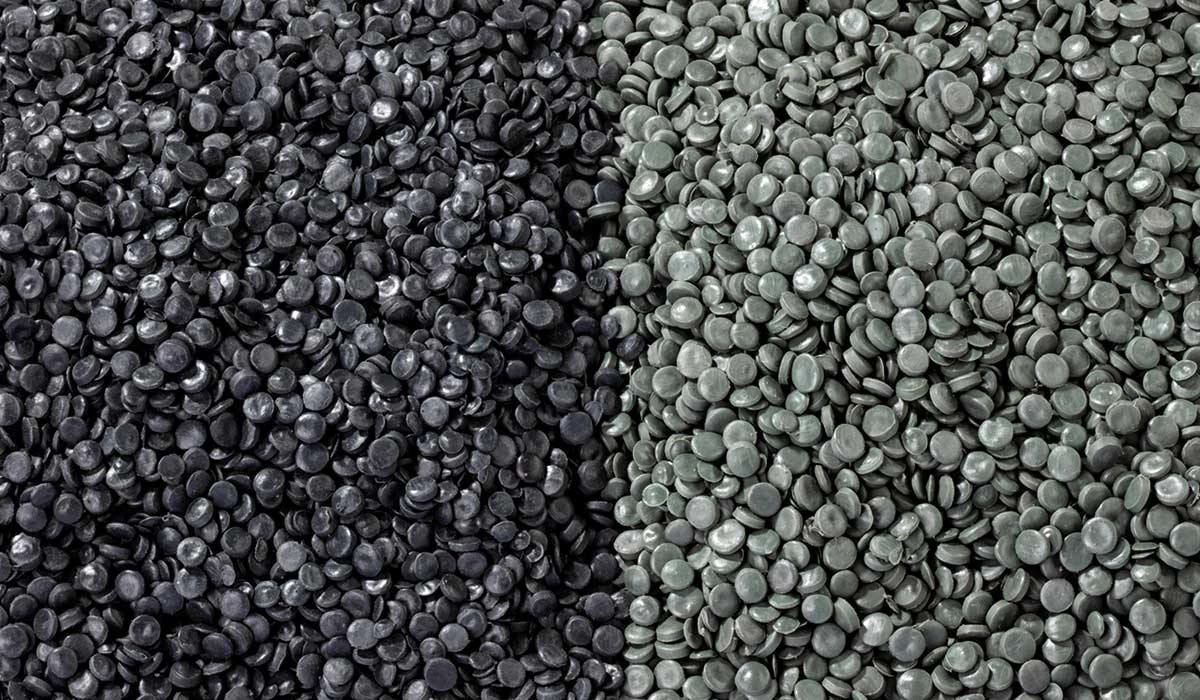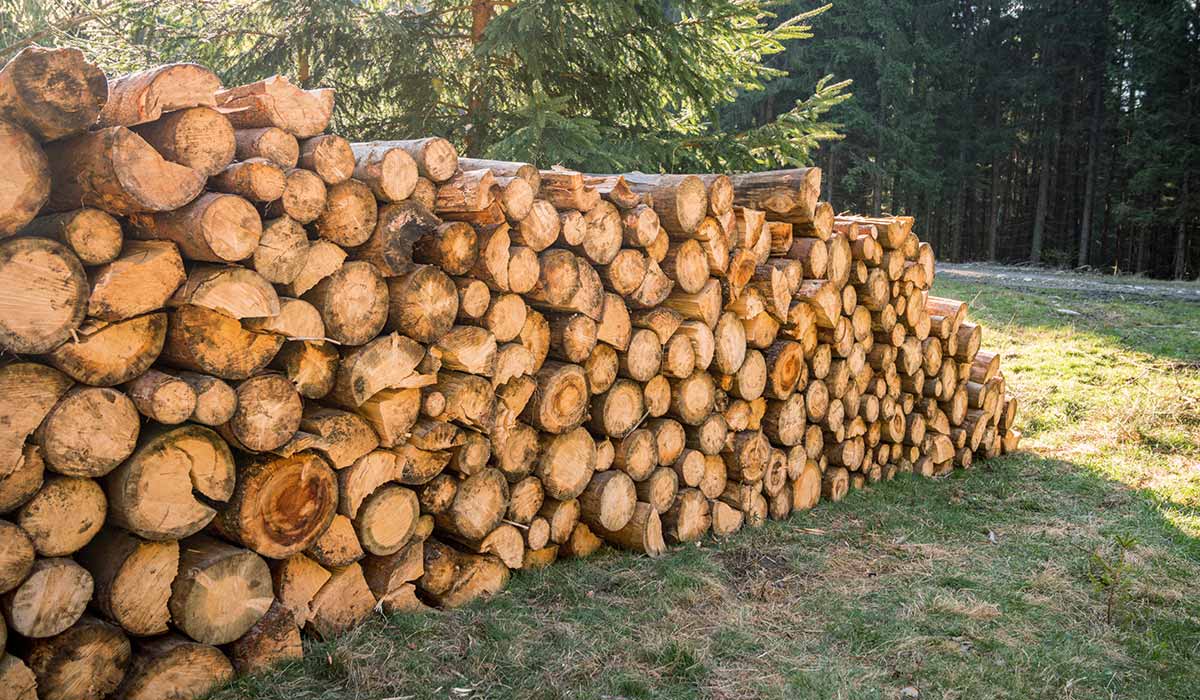
Flood disaster in NRW
Big challenge for Lobbe on land and on water
On 14 July, dark clouds gather in the sky and the German Weather Service issues a storm warning. In the night of 15 July, the first consequences of the heavy rainfall become visible. In Hagen and Iserlohn, streets become raging rivers, the water washes over houses, sweeps away cars and also affects the numerous industrial sites in the Bergisches Land. The consequences are devastating and visible for weeks, months or years to come. Many homeowners are left with nothing, the floods have destroyed everything. Tonnes of bulky waste are piling up in the Märkischer Kreis, the Bergisches Land and other regions. The flood masses have also caused one of the biggest environmental disasters in the region, the damage of which Lobbe is now helping to clean up: 100,000 litres of oil have leaked into the Wupper from neighbouring industrial plants and are collecting in the dam.
In the municipalities in the Märkischer Kreis that were particularly affected by the floods, such as Altena, Nachrodt-Wiblingwerde, Werdohl, Hemer, Menden and Iserlohn, Lobbe immediately began to collect the waste. "There were additional special collections of bulky waste or even electrical appliances at short notice," explains Herbert Nüdling. Nine additional vehicles from other locations were used to collect the rubbish street by street. In Menden alone, 50 streets were collected on two dates. In addition to the additional collections, it was also important to ensure the normal municipal collection as best as possible. In some places, some roads were initially not passable at all or only partially. In the 14 days after the storm alone, about 500 tonnes more bulky waste was collected in the affected areas of the Märkischer Kreis than in the same period last year. It is not yet possible to say how much waste will be generated in the affected regions. The disposal of this waste is also an additional mammoth task for the waste incineration plants. In order to be able to absorb the large quantities as quickly as possible, the AMK waste-to-energy plant in Iserlohn is also providing support. But support of this kind does not only come from NRW. Across Germany, several waste incineration plants are now making capacities available to take on larger quantities of the storm waste.
As a result of the flood, the Wuppertalsperre near Hückeswagen in the Oberbergisch district was also massively polluted. Just two days after the flood disaster, the Wupperverband commissioned Lobbe to clean up this major oil spill. The spill management team is excellently equipped, as extensive quantities of materials such as oil booms are available and are part of the permanent equipment.

An interview with Thomas Schaefer, Head of Average Management.
Where does the oil come from?
These are flushed-out liquids from industrial plants located along the Wupper. At least 100,000 litres of hardening oil have accumulated here at the Wuppervisor dam.
What was the process of the work like?
We first installed several hundred metres of oil booms. The Wupperverband first removed the flotsam by means of a mowing boat to make the work possible. Using suction trucks and skimmers, we picked up large quantities of oil from the surface of the water. These materials have since disappeared, as has the Mopmatic wringer system. The latter only sucks up oil, not water, and is wrung out, the mixture collected. We can dispose of the liquid, oil-containing waste in our own chemical-physical plants. There, both phases are separated from each other in an oil separator. The water can be disposed of as industrial wastewater.
What procedures are used after the first few weeks?
We were able to quickly remove the top layer of oil, the main mass. Now it's time for fine-tuning. The remaining oil streaks are repeatedly driven in other directions by the wind. Here we work with passive oil booms to hold back the oil and prevent it from spreading further. For this purpose, we have installed active oil booms made of absorbent material, which absorb the retained oil. The material must be changed regularly. These absorbent barriers are disposed of properly.
Where did the main damage occur?
Most of the oil is found at the barrage structure between the upstream and main barrages, where the Wupper's backwater is regulated. In the meantime, we have collected 250 cubic metres of oil-water mixture.
What is the scale of the oil damage?
We are at the largest deployment of Lobbe in the past eleven years with an entire dam. This is also a challenge for us, but we have managed it very well. This accident will keep us busy for months to come. Because apart from the oil on the water, we also have to clean up the embankment. Subsequent rainfall will wash the oil from the embankment and the shore areas further into the water. There is also a lot of contamination here - and the bank of the Wuppertal Reservoir that needs to be worked on is about 10 kilometres long.
Can you get rid of all the oils?
The oil also attaches itself to foliage and sinks with it. Suspended particles take the oil with them into the depths. We can therefore only ever repair a part of the damage, albeit a very large part. Nature also has its own mechanisms: on the one hand, UV radiation, which decomposes some of the oil, and on the other hand, the microorganisms in the water. What water-soluble liquids have entered the water body, we cannot remove.

